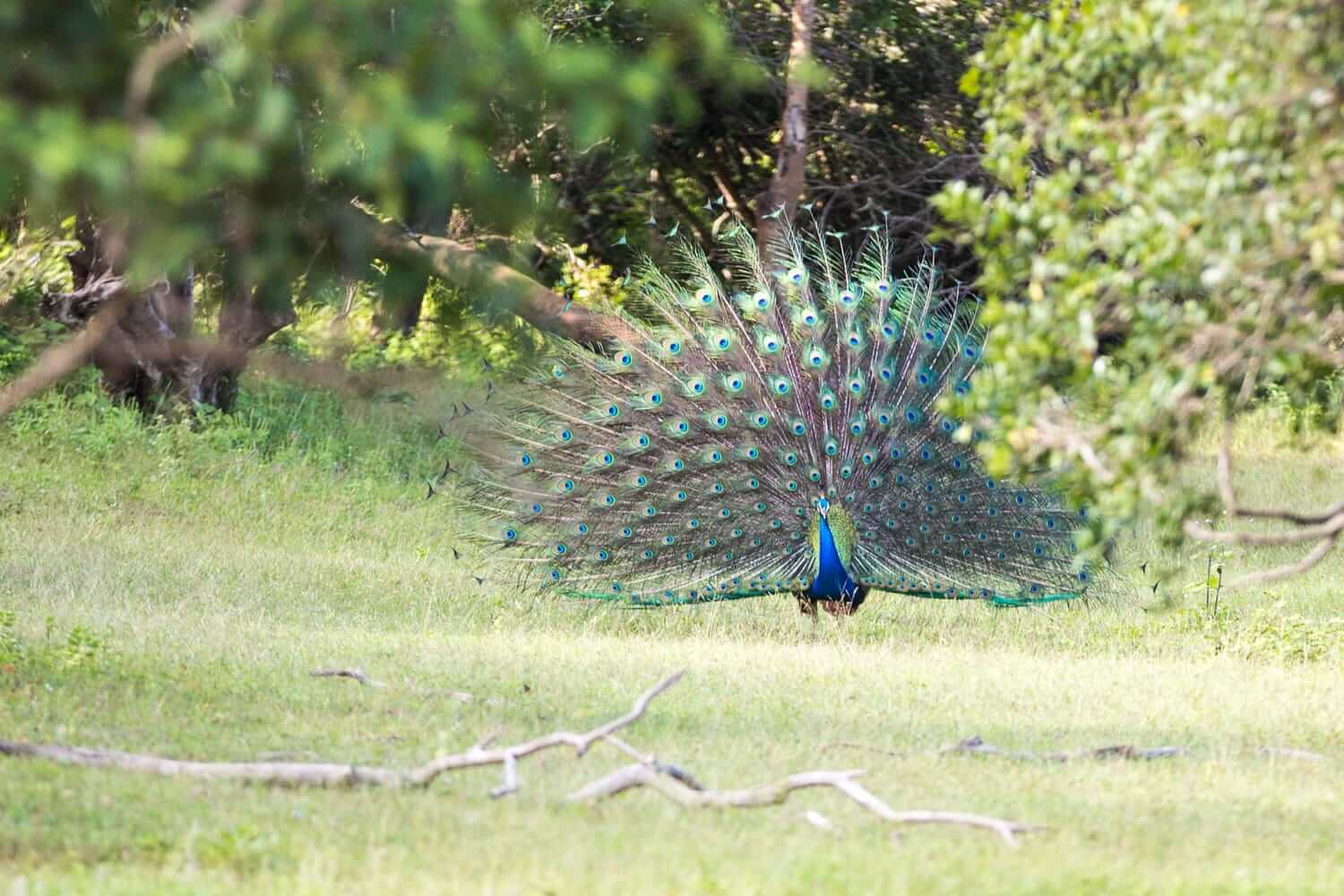Atanwala Village
Atanwala Village, nestled in the serene foothills of the Knuckles Mountain Range, is a tranquil escape into the heart of…
View Details
Lahugala National Park, situated in the eastern part of Sri Lanka, is a hidden gem that beckons nature enthusiasts, wildlife lovers, and adventure seekers. This lesser-known national park is a sanctuary for a diverse range of wildlife and offers a unique opportunity to witness some of the island’s most elusive and majestic creatures. In this guide, we’ll venture into the heart of Lahugala National Park, explore its pristine landscapes, and provide practical tips for an unforgettable wildlife safari in this secluded paradise.
Nestled in the heart of the Ampara district, Lahugala National Park is often overshadowed by its more famous counterparts, such as Yala and Wilpattu. However, this park’s quiet seclusion is precisely what makes it so special. It covers an area of approximately 1,554 hectares and is a vital habitat for various animal species, including the park’s most famous residents, the Sri Lankan elephant and the spotted deer.
Lahugala National Park is primarily known for its high population of Sri Lankan elephants. These majestic creatures roam freely within the park’s boundaries, offering an excellent opportunity for visitors to observe them in their natural habitat. The park’s unique blend of wetlands, grasslands, and forests provides the perfect setting for these gentle giants to thrive.
In addition to elephants, Lahugala is home to a variety of other wildlife, including the Sri Lankan leopard, sloth bear, water buffalo, and several species of deer, making it an exciting destination for wildlife enthusiasts and photographers.
Lahugala National Park is a haven for birdwatchers. With over 150 species of birds, including endemic and migratory varieties, it’s a birdwatcher’s dream come true. Among the avian highlights are the painted stork, openbill stork, and spot-billed pelican, all of which frequent the park’s wetlands and waterholes.
One of the park’s most distinguishing features is the Lahugala Tank, a vast reservoir that attracts a myriad of wildlife. Here, you can witness flocks of birds, elephants, and other animals gathering to quench their thirst, especially during the dry season. The picturesque surroundings make it a perfect spot for peaceful observation and photography.
Before embarking on your Lahugala National Park adventure, consider these practical details:
Lahugala National Park is not just a hidden gem; it’s a wildlife sanctuary, an elephant haven, and a testament to the natural beauty of Sri Lanka’s eastern wilderness. Whether you’re drawn to the elephants, the diverse wildlife, or the tranquility of the park, Lahugala promises an unforgettable journey into the heart of this secluded wildlife paradise.
It’s a place where the wilderness tells stories, where every moment is a snapshot of nature’s majesty, and where the heart finds solace amidst the extraordinary beauty of Sri Lanka’s natural world. Lahugala National Park is a destination that offers a profound connection with the wild and an opportunity to witness the untamed beauty of this hidden wildlife sanctuary.